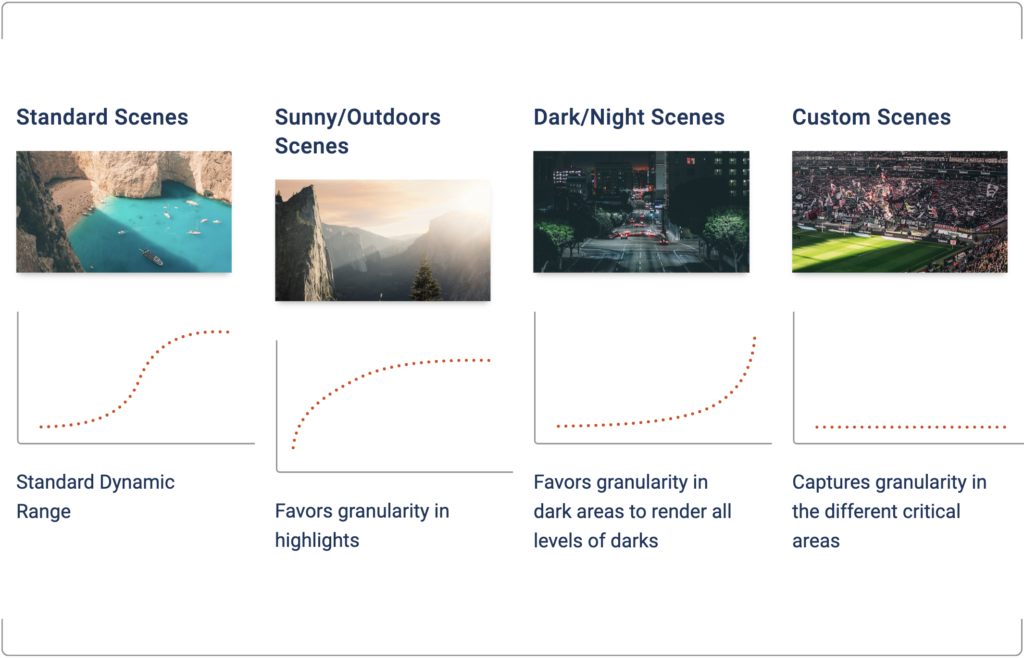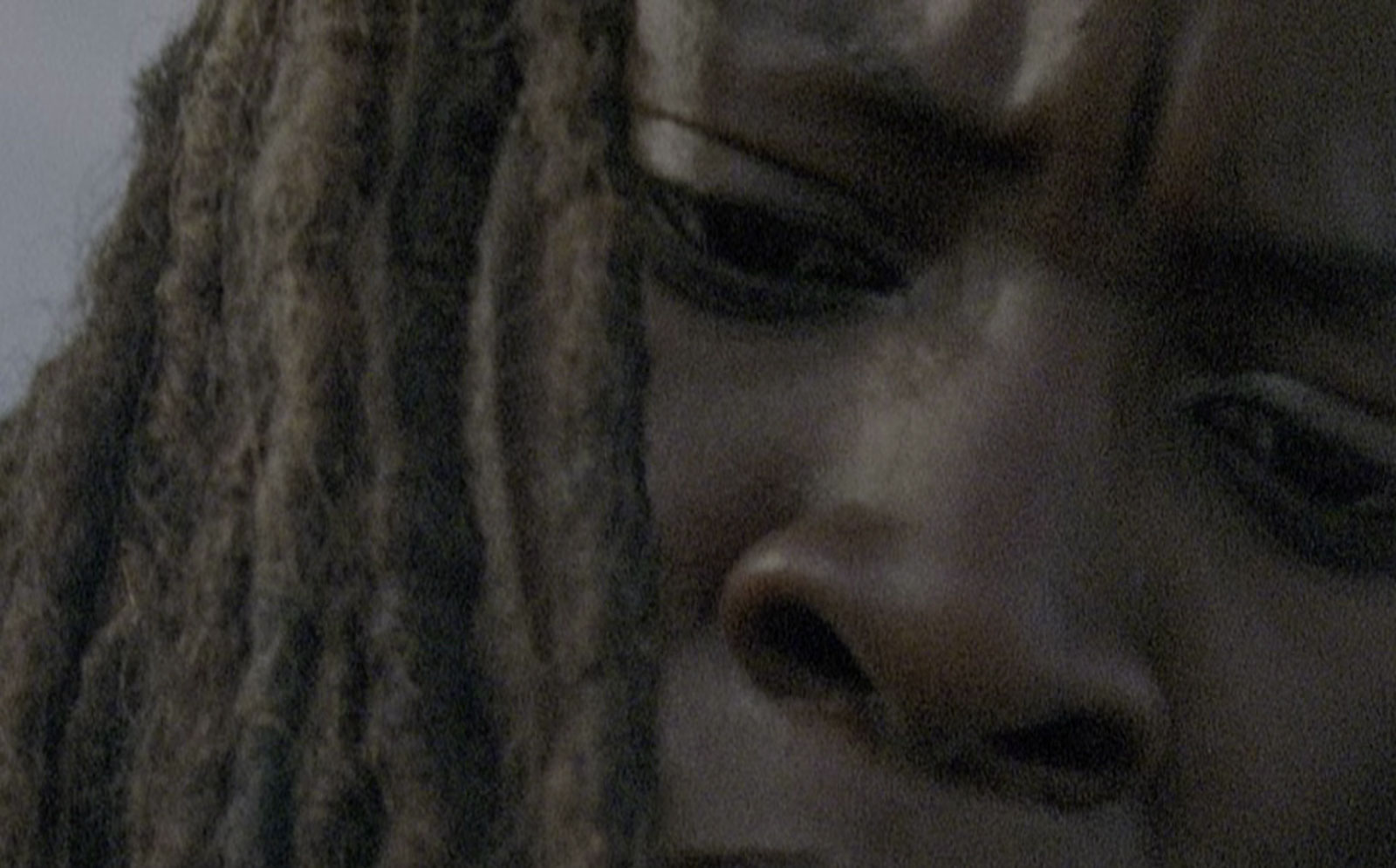Dark Energy Xenon
SDR and HDR Color Conversions That Sell It
Integrating Advanced HDR by Technicolor with the renowned Dark Energy noise and texture management toolset.


Benefits and Features
- Simple workflow with extraordinary results: Dark Energy noise reduction and artifact removal prepare optimized progressive images for Technicolor’s tone mapping algorithm, adding the right level of texture or film grain back to the image for the best possible output.
- Includes Dark Energy + Technicolor Intelligent Tone Management
- SDR to HDR conversions
- HDR10, HLG, SL-HDR 1 and 2 (Rec 2020/Rec 2100)
- Content adjusted dynamically, in real time, on a frame-by-frame/scene-by-scene basis.
- Bright spot analysis and management to ensure excessive bright spots are not created when converting from SDR to HDR that might detract from the creative intent of the video.
Overview
Dark Energy Xenon (Xenon) is a technical partnership between Cinnafilm and Technicolor to combine respective expertise in image processing and color conversion to create an unrivaled solution for content owners, creators, and providers. This partnership provides an incomparable file-based solution for conversions from Standard Dynamic Range (SDR) source material to High Dynamic Range (HDR) and HDR sources to more flexible delivery formats supported in ASTC 3.0.
SDR libraries will have new-found value in the world of OTT delivery, editorial, and production workflows. Non-HDR content can be edited seamlessly into native-captured HDR material, and cross conversion between HDR specifications is a simple transcode away.
Xenon represents the supercharging of the conversion capabilities of our renowned Dark Energy denoise, degrain, and texture management toolset by integrating Advanced HDR by Technicolor. Advanced HDR by Technicolor includes Technicolor’s state-of-the-art Intelligent Tone Management (ITM) and SL-HDR cross conversion technologies.
Dark Energy is known globally for its ability to precisely remove digital noise/film grain without harming image detail, inserting subtle image texture for broadcast/OTT delivery, or replicating any film emulsion for even the most demanding theatrical release. With Technicolor’s ITM and SL-HDR options, Dark Energy stands alone as the first solution on-market to deliver a complete and automated SDR/HDR solution.
Take a moment to let that sink in. The technologies used in many of the most prestigious post facilities worldwide for over a decade can now upconvert SDR material up to 2,000 nits HDR-10 automatically (1,000 nits for HLG), without any time-consuming trim passes or limitations of LUT applications. Combining Dark Energy with the Technicolor advanced ITM process provides an ideal solution to efficiently convert libraries of SDR into high-quality HDR content. The millions of living rooms equipped with HDR televisions deserve to have legacy content come alive like the latest shows natively captured in HDR.



Regardless of the video content, the machine learning-based Advanced HDR by Technicolor automatically adjusts frame-by-frame to create the ideal up/down conversion, just like a skilled colorist would do. Sunny, dark, or indoor/outdoor scenes, Technicolor’s advanced algorithms generate HDR or SDR without having to make constant adjustments due to changing content.
SDR to HDR Upconversions
As mentioned, Xenon brings two industry-leading processes into a single render pipeline. Cinnafilm provides image texture know-how that has become an industry benchmark for quality denoising and image texture management. The Technicolor component, based on machine learning systems and years of experience from Technicolor research and innovation teams, expertly tone maps every pixel in every frame using a series of criteria to ensure whites don’t get out of control or blacks don’t start to crawl. Although cliché, the saying “seeing is believing” has significant merit here.
In a single render, Dark Energy removes digital noise, film grain, and anomalies from moving pictures, while Technicolor tone maps SDR video into a native HDR format. Once the HDR upconversion process is complete, Dark Energy applies raster-appropriate image texture into the images by virtually developing accurate film emulsions, creating an image experience that is as beautiful as it is believable.
The partnering of these two technologies represents the ultimate solution to bridge the gap between existing SDR content/workflows and the ever-increasing demands for HDR delivery.
Xenon vs. the Competition
Xenon:
- Convert SDR to HDR10 or HLG
- Convert HDR (any format) to SDR
- The content is dynamically adjusted in real time, pixel-by-pixel / frame-by-frame / scene-by-scene
- Preset profiles to match different artistic intent
- Bright spot analysis and management to ensure excessive bright spots are not created when converting from SDR to HDR that might detract from the creative intent of the video
- Dark Energy noise reduction to optimize input images before upconverting them to HDR
- Dark Energy image texture insertion post HDR processing
Competitors:
- One type of SDR-HDR upconvert
- Typically there is no analysis of the video. The operator assesses the source content and must make adjustments for every scene, even within a scene
- A static LUT that does not adjust the video as environmental conditions change. For example, a pan from a dark shaded environment to a light environment
- No bright spot analysis and management. A key concern with static LUTs is creating unintended bright spots that will distract from the scene when increasing luminance
- A static 3D LUT typically does not have active noise reduction. This is very problematic in low light conditions, upgrading content from older cameras or cameras with small sensors or in cases with camera movement
- If noise reduction is used, it is a separate render using a different technology
Image Analysis to optimize for any display (SDR or HDR)

Advanced HDR By Technicolor: SL-HDR
Xenon also includes Advanced HDR by Technicolor’s ASTC 3.0 solution, SL-HDR. The ability to provide a single 709 stream, along with HDR metadata, enables broadcasters, cable providers, satellite providers, and OTT solutions to minimize bandwidth while simultaneously addressing the SDR and HDR market in a single file delivery.
Assets that begin as SDR can be “ITM’d” to REC 2020 HDR, and then packaged as a REC 709 SDR asset that contains metadata of the HDR upconversion. Leveraging Technicolor’s status as the 2nd largest set-top box manufacturer in the world, along with the many LCD manufacturers that have incorporated Advanced HDR by Technicolor, nearly every consumer in the world can take advantage of this bandwidth saving feature.
Assets that are natively HDR are expertly tone-mapped down to 709 and the metadata is generated, so the 709 asset can present HDR brilliance when the “handshake” occurs with the end user’s device.
Join these notable companies in deploying Advanced HDR by Technicolor:
- Bally Sports Network (formerly Fox Sports)
- TV Globo
- Sinclair Broadcast Group
- TF-1
- M6
- ARTE
- 2022/23 MLB/NFL/NBA/NHL Live Broadcasts
- Megogo
